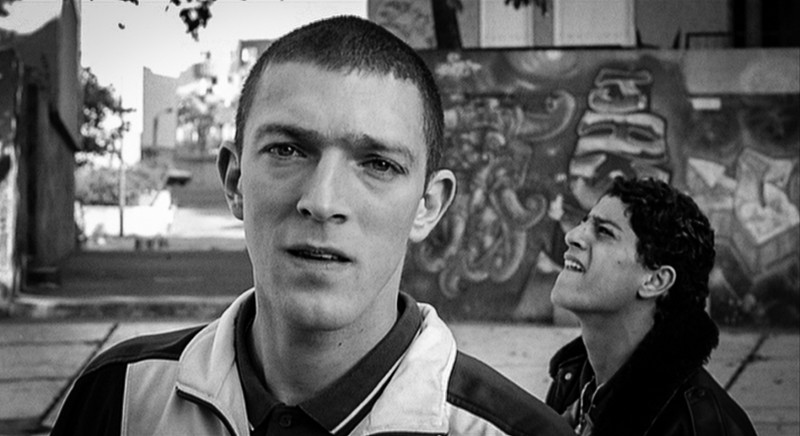
From 1970 until the present year (2016), majority of films that aren’t documentaries are released in color. As time goes on, many movie-goers are less inclined to see features that are shot in black and white, dismissing them as “boring” or “old fashioned”. Regardless, many filmmakers still rely on this method for a variety of reasons.
Sometimes it can be due to budget constraints or they are seeking to provide a staunch atmosphere that will leave an intense impression on the viewer or capture a particular historical moment that wouldn’t be as effective if shot in color.
The following list consists of films that were shot in black and white from the last twenty-five years (1990—2015). Some gained critical acceptance, while others may have faded from memory in an otherwise full color world of so-called “modern” audiences. The range is both foreign and domestic, silent and sound, so give them a chance or revisit them if it has been awhile.
1. Begotten (1991)
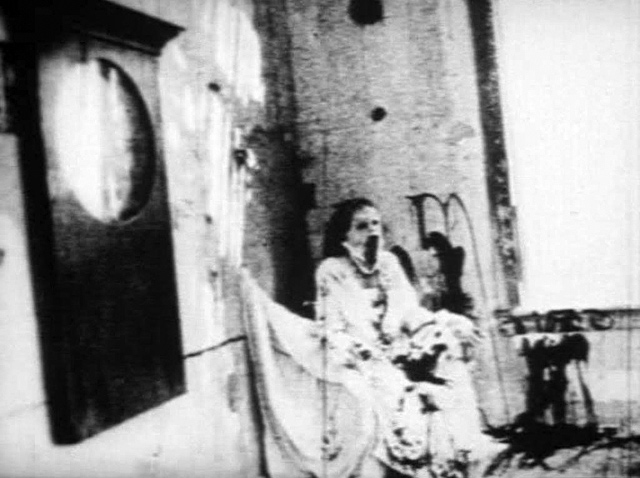
“God” (Brian Salzberg) is a robed figured is profusely bleeding from a self-inflected disembowelment and inevitably dies. “Mother Earth” (Donna Dempsey) emerges from the remains, inseminates herself with the figure’s semen and wanders off pregnant into a vastly, barren environment.
A fully gown and convulsing “Son” (Stephen Charles Barry) is born, then abandoned and encountered by a group of savage nomads who strangle and burn him. “Mother Earth” returns to the resurrected man, wrapping him in an umbilical cord. The nomads rape her, leaving the “Son” in mourning.
Written, edited, produced and directed by E. Elias Merhige, “Begotten” silent, experimental, horror film that narrates the story of Genesis. Shot over the course of three and a half years, using a 16mm Aeroflex camera with black and white reversal film. M
erhige would run unshot negatives through sandpaper before filming to create an old and weathered look. While many audiences found it difficult to watch or interpret, it has invoked raw emotions and favorable receptions from students and critics who deem it one of the most important films of the last century.
2. Man Bites Dog (1992)
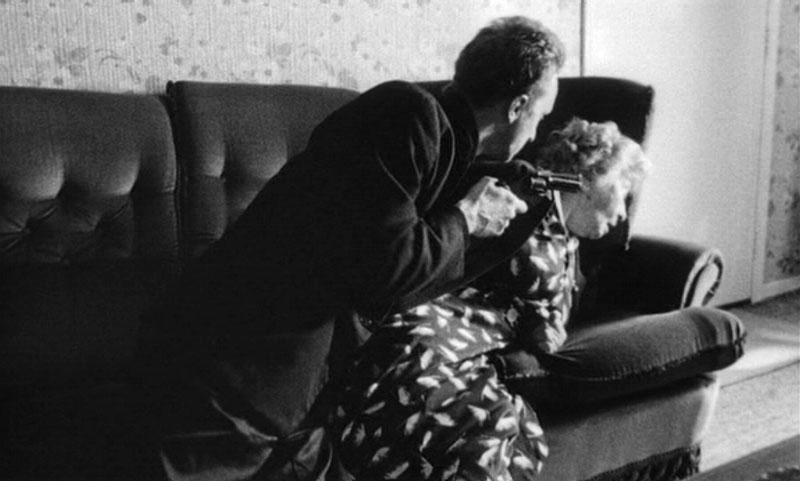
A charmingly, witty serial killer, Ben (Benoit Poelvoorde) carries about his daily routine and speaks at great length about his craft of murder, while appreciates his loving girlfriend, supportive family, poetry and classical music.
A film crew join him to shoot a documentary depicting his random killings and various forms of brutality, misogyny, racism and xenophobia. Yet, he maintains a detached, cynical sense of humor and explains his methods with calm, rationality. Eventually, the documentarians become more involved with Ben’s crimes and suffer the “occupational hazards” as a result of their subject’s lifestyle.
Directed by Remy Belvaux, Andre Bonzel and Benoit Poelvoorde, “Man Bites Dog” aka “C’est Arrive Pres de Chez Vous (It Happened in Your Neighborhood)” is dark humored mockumentary from Belgium.
Due to a shoe-string budget, the feature was shot in black and white, but captures the gritty realism of the life of a nihilistic murderer. Although rated NC-17 for its graphic violence, it received positive reviews along with the Best Feature Award at the 1992 Cannes Film Festival.
3. My Life and Times with Antonin Artaud (1993)
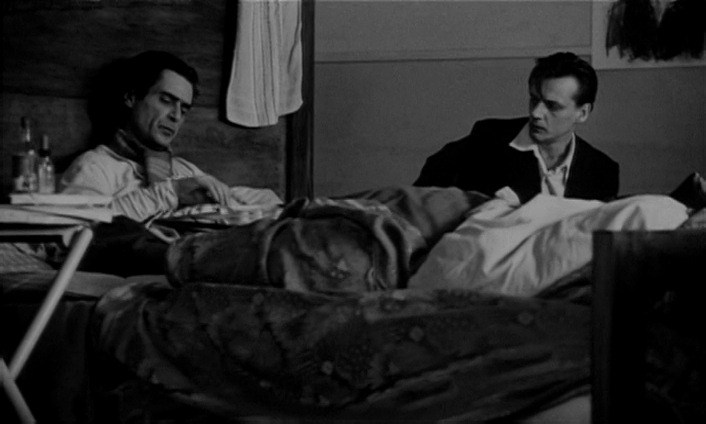
In May of 1946, French poet, actor and theatre director, Antonin Artaud (Sami Frey) is released from an asylum in Rodez after being institutionalized for the last nine years. Jacques Prevel (Marc Barbe) is a friend of his and a young poet, who idolizes Artaud, despite his unstable condition and stints at various nursing homes.
Prevel also aspires for a similar artistic greatness, but seeks out drugs and a life of debauchery. The two of them share a co-dependent relationship of despair during life in post-World War II Paris. Upon the elder poet’s death, the younger one shares his life between a long-suffering wife and a mistress.
Directed by Gerard Mordillat, “En Compagnie d’Antonin Artaud” is based on the 1974 novel by Jacques Prevel, which chronicles their two-year friendship, up until the tormented artist’s death in 1948. The grainy black and white footage adds to the bleak atmosphere and historical period piece.
Frey’s powerful performance as Artaud is comparable to the caliber of Marlon Brando, winning two award for Best Actor. Mordillat would receive the award for Best Artistic Contribution at the Namur International Festival for a French-Speaking Film in 1993.
4. Satantango (1994)
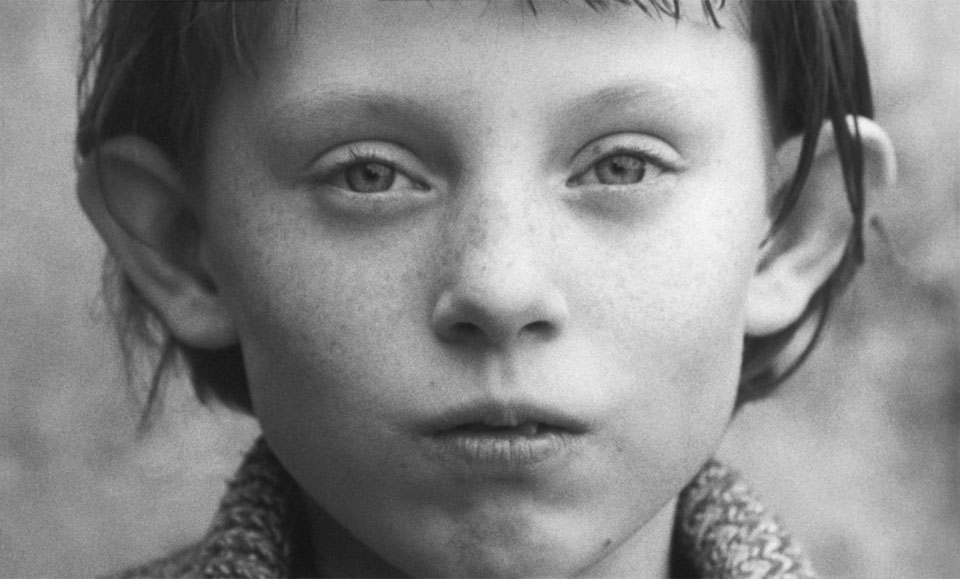
In a desolate small village in Hungary, Autumn rains have begun and a collective farm has collapsed. Some of the inhabitants have are expecting to receive compensation money and intend to leave, while others scheme to acquire most of the wealth.
Rumors begin to spread that the presumed dead Irimias (Mihaly Vig), a charismatic and manipulative former co-worker is returning, the villagers become apprehensive and worry that he’ll invest the money back into the community.
Based on the 1985 novel by the Hungarian author, Lazslo Krasznahorkai, “Satantango” (which translates into “Satan’s Tango”), was directed by Bela Tarr. The running time is over seven hours long and is an apocalyptic drama that is structuralized in twelve parts, similar to a tango.
The film deals with pessimistic philosophical themes that are void of authority, occurrences of nihilism and the cunningness of indifference. Among the American art house circuit, “Satantango” achieved much acclaim from critics and became a sought after cult classic. In 2012, it was considered to be one of the greatest films ever made.
5. The Addiction (1995)
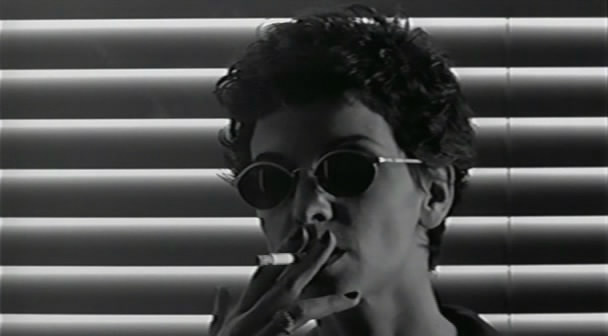
In New York, Kathleen (Lili Taylor) is a philosophy student who is attacked by a female vampire, Casanova (Annabella Sciorra). The young scholar develops an aversion, a taste for blood and struggles with the morality of her potential immortality.
Kathleen eventually encounters Peina (Christopher Walken), who claims that he has almost beat his addiction and slowly becoming human again. After her graduation party turns into chaotic blood orgy, she is wracked with guilt, checks into a hospital and wants to commit suicide.
Directed by Abel Ferrara from a script by one of his regular writers, Nicholas St. John, “The Addiction” is a modern day (circa 1995) vampire story. Many consider there are allegories to drug addiction and the theological concept of sin.
Shot in black and white, it provides a darkly philosophical atmosphere rooted in intellectualism with references to Friedrich Nietzsche, William S. Burroughs and R. C. Sproul. It would go on to a favorite of among philosophy students, in addition to receiving several awards.
Honorable Mention: Another black and white vampire film, “Nadja (1994)” directed by Michael Almereyda.
6. Dead Man (1995)
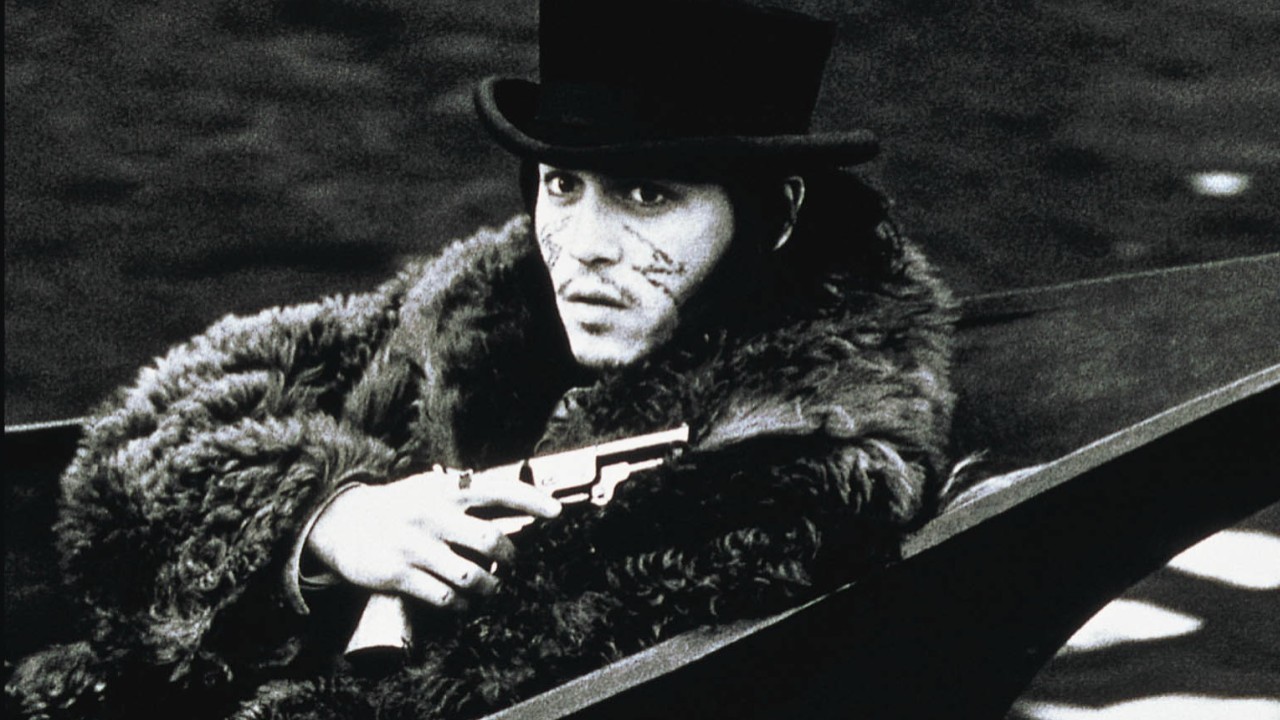
Traveling by train from Cleveland, Ohio to the frontier company town of Machine, a naïve accountant, William Blake (Johnny Depp), is under the impression that a job is waiting for him. However, the position has been filled and the owner of the company John Dickinson (Robert Mitchum) pulls a shotgun on him, then is subsequently laughed out of the office.
Later that night outside of a saloon, he meets Thel (Mili Avital), a former prostitute, who invites William up to her room. The jilted lover, Charlie Dickinson (Gabriel Bryne) barges in on them while they lie in bed, shoots Thel, killing her while wounding Blake, who fires back and kills him. The former accountant makes his escape after stealing a horse.
The elder Dickinson hires three notorious bounty hunters to bring back the man responsible, “dead or alive”. The next day, Blake awakens to find a large Indian man named Nobody (Gary Farmer) trying to pull the bullet out of his chest, but it’s too close to his heart. The pair travel west along the Pacific Coast, killing those who seek to claim a reward for Blake, from fur-trappers to U.S. Marshals to shop owners.
Written and directed by Jim Jamusch, “Dead Man” is darkly comedic, surrealistic, psychedelic and post-modern western. It is shot entirely in black and white featuring a moody, crunchy guitar soundtrack by Neil Young.
There are many references and recitals of the poems and other literary work of William Blake The cast consists of many stand-out performances by Crispin Glover, John Hurt, Lance Henriksen, Michael Wincott, Iggy Pop and many more. While it received mixed reviews by critics and audiences, it has gone on to achieve a cult status, much like most of the director’s work.
Honorable Mention: Jamusch’s “Coffee & Cigarettes” from 2003, shot over the course of eighteen years.
7. La Haine (1995)
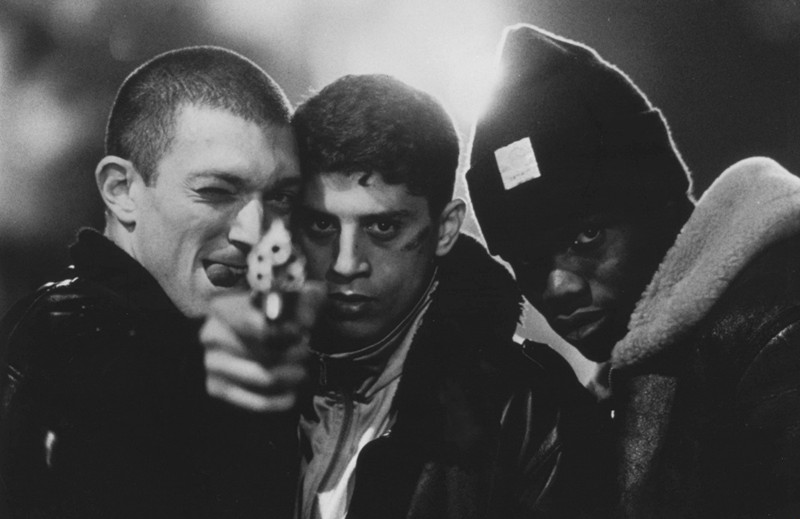
Following a riot in a French suburban ghetto, three friends are greatly affected over the course of less than twenty-four hours. Vinz (Vincent Cassel) is Jewish, but a rage fueled would-be gangster who idolizes Travis Bickle from “Taxi Driver” and aspires to gain respect by killing a cop. An Afro-French boxer and drug dealer, Hubert (Hubert Kounde), is devastated by his gymnasium being torched and the hate that surrounds the community.
Caught in the middle is Said (Said Taghmoui) who is an Arab Maghrebi who attempts bridge the animosity. When a mutual friend has been brutalized by the police and left in a coma, Vinz’s temper is exasperated and vows revenge if he dies. Tensions continue to build and threaten the neighborhood with the presence of bigoted police and racist, xenophobic skinheads.
Written and directed by Mathieu Kassovitz, “La Haine (Hate)” is a gripping black and white French suspense film that deals with racial issues of injustice. Kassovitz was inspired by a real life event in which a young Zairian man died while in police custody along with the death of protester which sparked a riot. The received critical acclaim on an international level. It would acquire multiple awards for Best Director, Best Film, Best Editing and more.
8. Bitter Sugar (1996)
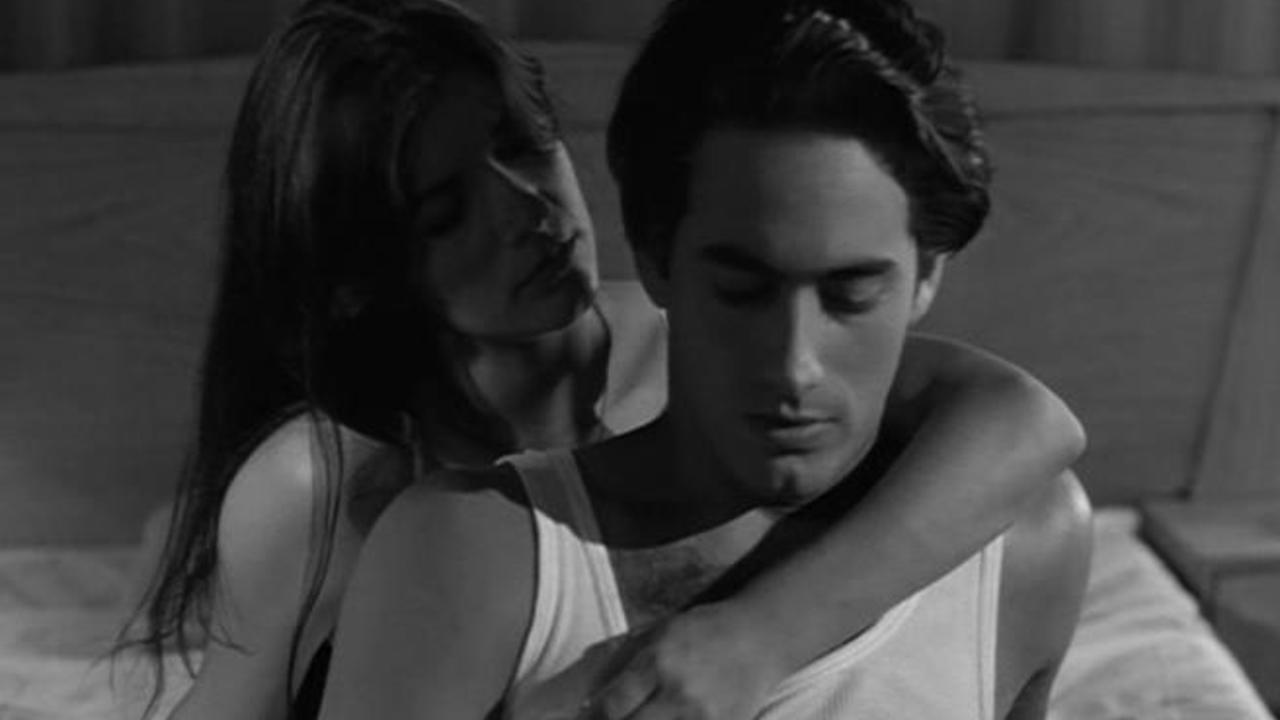
In Cuba, Gustavo (Rene Lavan) is a patriotic communist, who catches the eye of Yolanda (Mayte Vilan) while watching his brother Bobby’s band performing, but doesn’t get the opportunity to approach her because the cops raid the concert. Eventually, he meets up with her again and even though they disagree of his communist stance, they decide to not to talk about politics.
Meanwhile, Bobby (Larry Villanueva) and his bandmates are upset that the police still possess their equipment, create a public disruption and wind up in jail. Gustavo is granted a scholarship at the University of Prague, as love with Yolanda blossoms, even though she longs to move to Miami to be a dancer.
Written and directed by Leon Ichaso, who left the island of Cuba as a teenager traveling through Mexico and then landing in New York. “Azucar Amarga (Bitter Sugar)” is political and tragic love story with an accurate portrayal of the struggles of their citizens.
Shot in black and white on a minimal budget in Santo Domingo, inspired by true events and deemed very Anti-Fidel Castro. Nominated for Best Foreign Language Film at the Golden Satellite Awards.